Grapefruit
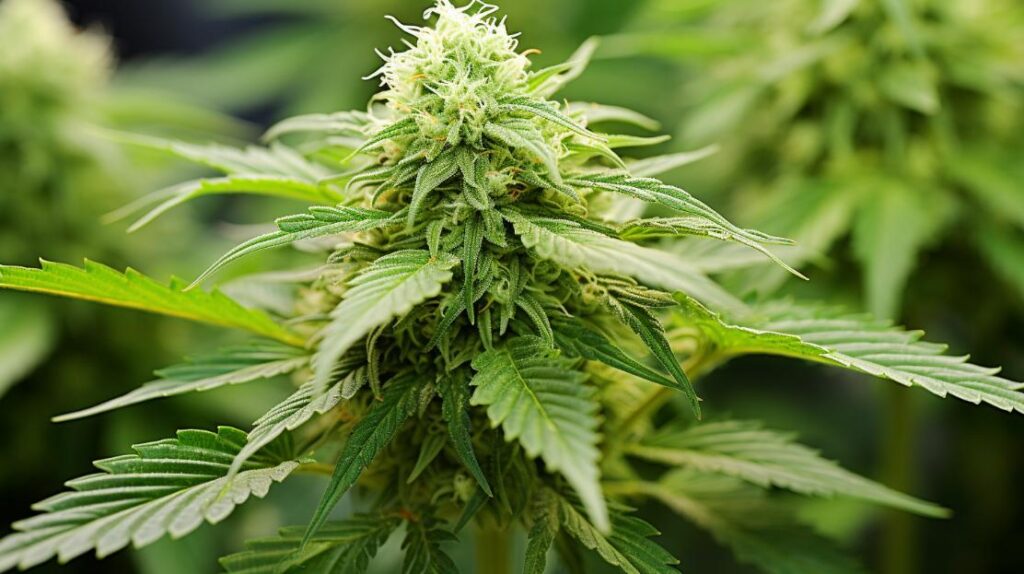
The Grapefruit strain, a sativa-dominant hybrid, has garnered significant attention within the cannabis community for its unique flavor profile and potential therapeutic benefits. Characterized by its sweet, tropical essence and an unmistakable citrusy aroma, this strain owes its appealing scent and taste to the dominant terpene, Limonene.
With a THC content hovering around 19%, it strikes a balance between being accessible to novices and offering a satisfying experience for seasoned users.
Beyond its recreational appeal, Grapefruit is increasingly recognized for its efficacy in managing conditions such as arthritis, chronic pain, and migraines, making it a subject of interest among medical marijuana patients.
Despite its popularity, particularly in regions like Colorado and the West Coast, the intricacies surrounding its genetic lineage, terpene profile, and the full spectrum of its effects merit a closer examination.
As we explore the Grapefruit strain further, one can’t help but ponder what sets it apart from similar strains and how its characteristics contribute to its distinct standing in the cannabis marketplace.
Genetic Lineage
The genetic lineage of the Grapefruit strain traces back to a crossbreed between Cinderella 99 and an unidentified landrace sativa, showcasing its sativa-dominant hybrid nature with a composition of 70% Sativa and 30% Indica. This meticulous crossbreeding has led to the emergence of a strain with a robust genetic profile, emphasizing its sativa characteristics, which are responsible for its uplifting and energizing effects.
The Cinderella 99 parent is renowned for its potent cerebral high, a trait that has been seamlessly transferred to the Grapefruit strain, enhancing its appeal among sativa enthusiasts. The unknown landrace sativa contributes to the strain’s vigor, introducing a genetic diversity that bolsters its adaptability and resilience.
The breeding of Grapefruit by Positronic Seeds, a breeder known for its commitment to quality and potency, underscores the careful selection of parent strains to achieve a specific constellation of effects. This genetic engineering has not only cemented Grapefruit’s position as a sativa-dominant hybrid but also optimized its mood-boosting properties. The result is a strain that stands as a testament to the intricate process of strain development, where the legacy of its sativa lineage plays a pivotal role in its distinctive characteristics.
THC/CBD Content
Delving into the THC/CBD content of the Grapefruit strain reveals a significant tilt towards THC, with average levels at 15% and potential peaks up to 20%, juxtaposed against notably low CBD concentrations. This composition makes the Grapefruit strain particularly appealing for those in pursuit of the psychoactive and mood-enhancing effects attributed to high THC levels, while it might not be the first choice for individuals seeking the therapeutic benefits associated with CBD.
-
THC/CBD Content Overview:
-
THC Content:
-
Averages at 15%, with the potential to reach up to 20% in some phenotypes.
-
Makes it an attractive option for recreational users seeking an energizing and uplifting experience.
-
CBD Content:
-
Notably low, often overshadowed by the dominant THC levels.
-
Less suitable for conditions or symptoms that respond better to higher CBD ratios.
-
User Experience:
-
Ideal for those seeking the characteristic psychoactive effects, including euphoria and heightened sensory perception.
-
Not recommended for users prioritizing medicinal benefits from CBD, such as anti-inflammatory or anxiolytic effects.
Terpene Profile
Exploring the terpene profile of the Grapefruit strain, Limonene emerges as the dominant compound, infusing the variety with its characteristic citrusy aroma and flavor. This particular terpene is not only pivotal in defining the grapefruit flavor but also plays a significant role in the potential therapeutic benefits associated with the strain.
Limonene’s presence is noteworthy for its mood-enhancing and stress-relieving properties, which are highly sought after by consumers looking for strains that can aid in reducing anxiety and elevating mood.
Understanding the terpene profile, especially the predominance of Limonene in the Grapefruit strain, is essential for consumers aiming to select cannabis varieties based on desired aroma, flavor, and potential health benefits. The emphasis on terpenes like Limonene highlights the movement towards a more nuanced appreciation of cannabis, where the interplay between terpenes and cannabinoids determines the overall experience and efficacy.
The exploration of such terpene profiles enriches the cannabis experience, providing consumers with a deeper understanding of what makes each strain unique. It underscores the importance of terpenes in crafting the sensory and therapeutic qualities of cannabis, thereby elevating the consumer’s ability to make informed choices based on more than just THC or CBD content.
Effects
Understanding the terpene profile of the Grapefruit strain, particularly the prominence of Limonene, sets the stage for a deeper examination of its distinct effects on users. The strain’s unique combination of a high THC content and specific terpenes produces a nuanced spectrum of effects that cater to both recreational enjoyment and medical relief.
-
Energetic and Uplifting Effects
-
Mood Boost: The presence of Limonene, known for its mood-enhancing properties, contributes significantly to the Grapefruit strain’s ability to uplift spirits and induce feelings of happiness. This makes it particularly appealing for users seeking a natural mood booster.
-
Creativity and Sociability: Users report an energized high that fosters creativity and makes them more talkative, facilitating social interactions. This aspect makes the Grapefruit strain a popular choice for social gatherings or creative endeavors.
-
Medical Benefits
-
Pain Relief: With its potent THC content, the Grapefruit strain is effective at alleviating chronic pain, arthritis, and migraines, offering significant relief to medical marijuana patients.
-
Additional Medical Uses: Besides pain relief, the uplifting effects can also indirectly benefit those dealing with depression or anxiety by providing a temporary mood boost.
Medical Uses
The therapeutic potential of the Grapefruit strain, particularly in treating conditions such as arthritis, chronic pain, and migraines, highlights its significance in the realm of medical marijuana.
As a potent sativa, it is chosen by medical marijuana patients for its potential therapeutic benefits. This strain stands out for its effective management of anxiety, depression, and pain, attributed to its uplifting and mood-enhancing effects. With THC levels averaging at 15% and peaking at 20%, Grapefruit is recognized for its medicinal value, offering a balance between efficacy and manageability for users.
Moreover, the Grapefruit strain is known for providing a mood boost and intense euphoria, which are particularly beneficial for stress relief and enhancing overall mood. Its capacity to induce such positive psychological effects makes it a suitable option for patients looking to alleviate mental health issues.
Additionally, medical marijuana patients may find relief from various ailments with the Grapefruit strain, as it is often utilized during the day for increased focus and productivity. This potent sativa’s multifaceted therapeutic profile underscores its utility in a medical context, providing a viable option for patients seeking symptomatic relief from a range of conditions.
Flavor and Aroma
Beyond its medicinal value, the Grapefruit strain also captivates with its sweet and tropical flavor profile, marked by a citrusy and grapefruit-like aroma that defines its sensory appeal. This sativa-dominant variety is not only celebrated for its uplifting and mood-enhancing effects but also for the distinct and pleasurable smoking experience it offers, rooted deeply in its flavor and aroma characteristics.
- Flavor Profile
- Dominant Terpene: Limonene is the primary terpene, infusing the strain with its signature citrus aroma, reminiscent of fresh grapefruits.
- Taste Nuances: On inhalation, consumers are greeted with a potent, sweet grapefruit taste, enriched by subtle undertones of other citrus fruits, adding layers to its flavor complexity.
- Experience: The combination of its sweet, tropical flavors and citrusy aroma provides a refreshing and invigorating smoking experience, making it a favorite among both novice and seasoned consumers.
The intricate interplay between the Grapefruit strain’s flavor and aroma underscores its appeal, offering an energized and creative high. This makes it an ideal choice for those seeking a unique and memorable cannabis experience, characterized by a rich tapestry of taste and scent that stimulates the senses and uplifts the spirit.
Appearance
Delving into the visual aspects of the Grapefruit strain reveals buds characterized by a vibrant light green hue, accentuated with amber pistils that enhance their allure. This strain stands out for its visually striking appearance, which is complemented by the presence of orange and brown hairs that weave through the foliage, adding depth and contrast to the overall presentation. The Grapefruit strain’s color palette is not only appealing but also indicative of its citrus lineage, promising a sensory experience that is as aromatic as it is flavorful.
The structure of the Grapefruit buds strikes a perfect balance between density and fluffiness, making them neither too compact nor too airy. This balanced morphology contributes significantly to their visual appeal, showcasing the strain’s quality and care in cultivation. When grown indoors, the Grapefruit strain reaches a moderate height of 80-100 cm, while its outdoor counterparts can stretch to an impressive 200-300 cm, displaying a versatile and adaptable nature. This variance in growth patterns further emphasizes the strain’s dynamic appearance, making it a favorite among cultivators and enthusiasts alike for its striking aesthetics and robust growth potential.
Grow Information
Exploring the Grapefruit strain further, its cultivation nuances reveal that this sativa thrives in tropical, high humidity environments, requiring specific conditions for optimal growth and yield. Originating from Nectar Seeds, the Grapefruit strain is distinguished not only by its potent effects and aromatic profile but also by its particular growing requirements. Cultivators aiming for the highest quality and yield must meticulously manage environmental conditions to mimic its natural habitat.
Ideal Conditions:
- Temperature: Warm, with a preference for a consistent tropical climate.
- Humidity: High humidity levels are essential, replicating a tropical environment.
- Lighting: Intense, consistent lighting mimicking the bright, direct sunlight of tropical regions.
Growth Cycle:
- Flowering Time: Indoor flowering period ranges from 60 to 70 days.
- Yield: Under optimal conditions, it can produce up to 500g/m² indoors.
- Harvest: Timing the harvest correctly is crucial to ensure the maximum potency and flavor profile.
Cultivation Techniques:
- Pruning: Regular pruning is recommended to promote air circulation and light penetration.
- Soil: Well-draining, nutrient-rich soil enhances its sweet, tropical flavor.
- Training Methods: Techniques such as SCROG (Screen of Green) can be beneficial to maximize yield in confined spaces.
Given its specific requirements, the Grapefruit strain, developed by Nectar Seeds, stands as a rewarding challenge for cultivators seeking to harness its full potential for both medicinal and recreational use.
Adverse Effects
While the Grapefruit strain offers numerous benefits for both medicinal and recreational users, it is not without its potential adverse effects. Common adverse effects include dry mouth and eyes, dizziness, and in some cases, paranoia.
Dry mouth, scientifically known as xerostomia, emerges as a common adverse effect tied to the compound tetrahydrocannabinol (THC) present within the strain. This condition is characterized by a decrease in saliva production, leading to discomfort and potential oral health issues if not addressed.
Additionally, dry eyes, another frequent consequence of cannabis consumption, can result in irritation, redness, and a sensation of dryness due to the suppression of tear production by cannabinoids.
Dizziness, often reported by users who consume higher doses of the Grapefruit strain, can impair one’s ability to focus and maintain balance, posing risks especially in environments requiring alertness.
Moreover, paranoia, although less common, represents a significant adverse effect that impacts a small subset of users, particularly those with a sensitivity to THC or predispositions to anxiety.
It’s imperative to understand that these adverse effects are subject to individual tolerance levels and consumption habits, highlighting the importance of moderation and self-awareness in mitigating potential risks associated with the Grapefruit strain.
Comparisons with Similar Strains
Understanding the potential adverse effects of the Grapefruit strain is crucial; equally important is examining how this strain compares to others in terms of effects, flavor profiles, and chemical composition. The Grapefruit strain, believed to be descended from an unknown landrace sativa, offers a unique combination of characteristics that set it apart from and align it with other strains in the cannabis market.
-
Energizing Effects and Mood Enhancement:
-
Grapefruit shares its energizing effects with strains like Super Lemon Haze and Green Crack, making it suitable for daytime use.
-
For mood enhancement, it is comparable to Pineapple Express and Durban Poison, known for their uplifting and euphoric effects.
-
Flavor Profile and Chemical Composition:
-
Those seeking a citrusy flavor akin to Grapefruit might find Tangie and Lemon Skunk appealing.
-
High limonene content, contributing to its citrus aroma, aligns it with Lemon Kush and Lemon Haze.
-
Creative and Social Effects:
-
Grapefruit’s ability to stimulate talkativeness and creativity finds parallels in strains like Jack Herer and Sour Diesel.
This comparison paints a detailed picture of how the Grapefruit strain stands in relation to others, particularly highlighting its energizing, mood-enhancing, and creativity-inducing effects alongside a distinctive citrus flavor profile.
Research and Studies
A plethora of research and studies have substantiated the Grapefruit strain’s high THC content of approximately 19%, underscoring its efficacy for both novice and seasoned cannabis consumers. This potent sativa strain, characterized by its dominant terpene, Limonene, exudes a distinct citrusy and grapefruit-like aroma, a finding well-supported by various scientific inquiries. The unique terpene profile not only contributes to its distinctive scent but also enhances the strain’s therapeutic potential.
Further exploration into the Grapefruit strain’s medicinal applications reveals its popularity among medical marijuana patients seeking relief from arthritis, chronic pain, and migraines. These benefits are rooted in the strain’s high THC levels, which have been meticulously charted at 20% in some studies, providing a substantial mood boost and intense euphoria. This makes it particularly effective in alleviating symptoms of anxiety, depression, and pain, as corroborated by numerous research endeavors.
Moreover, user reviews and experiences reinforce the academic findings, highlighting the strain’s unbeatable flavor and its profound impact on depression and fatigue. These anecdotal evidences, together with scientific research and studies, provide a comprehensive understanding of the Grapefruit strain’s effects and benefits, making it a well-researched choice for consumers seeking both recreational and medicinal benefits.
History and Origin
Tracing its lineage back to the 1980s, the Grapefruit strain emerged as a dynamic cross between Cinderella 99 and a sativa-dominant hybrid, quickly cementing its status among cannabis connoisseurs. This period marked a significant evolution in cannabis cultivation and strain development, with Grapefruit exemplifying the innovative breeding techniques that characterized the era.
-
History and Origin:
-
Parentage: The strain’s genetic makeup is a testament to the careful selection and breeding of its parent strains, Cinderella 99 and an unidentified sativa-dominant hybrid. This combination was specifically chosen to enhance the unique citrusy profile and potent effects.
-
Characteristics:
-
Grapefruit’s distinctive sweet and citrusy aroma, combined with its light green buds and amber pistils, immediately set it apart from other strains of its time.
-
It boasts a THC level that averages at 15% and can reach up to 20%, offering an energizing and social high that has endeared it to many users.
-
Cultivation and Popularity:
-
It flowers within a nine to ten-week span, requiring both patience and expertise from growers. Its strong citrus aroma and sweet, tangy flavor profile further contributed to its rising popularity in the cannabis community.
Frequently Asked Questions
Is Grapefruit a Sativa or Indica?
The question pertains to the genetic origins of a cannabis variety, specifically whether it is classified as sativa or indica. The Grapefruit strain, with its energizing effects, is predominantly a sativa-dominant hybrid, reflecting its genetic lineage.
What Are the Benefits of Grapefruit Strain?
The benefits of this strain include enhanced mental clarity and mood elevation, alongside its potential for relieving symptoms of chronic pain, migraines, and anxiety. Its high THC content contributes to its effectiveness in providing a potent euphoria.
Is Sour Grapefruit Strain Sativa or Indica?
The Sour Grapefruit strain is predominantly sativa, with a 70% sativa and 30% indica composition. Its flavor profile includes sweet, tangy, and citrusy notes, predominantly featuring grapefruit, underpinned by the Limonene terpene for enhanced aroma.
What Is the History of Grapefruit Strain?
The history of the genetic origins of this strain traces back to a meticulous crossbreeding of Cinderella 99 and a sativa-dominant hybrid in the 80s, meticulously developed by Positronic Seeds for its unique characteristics.

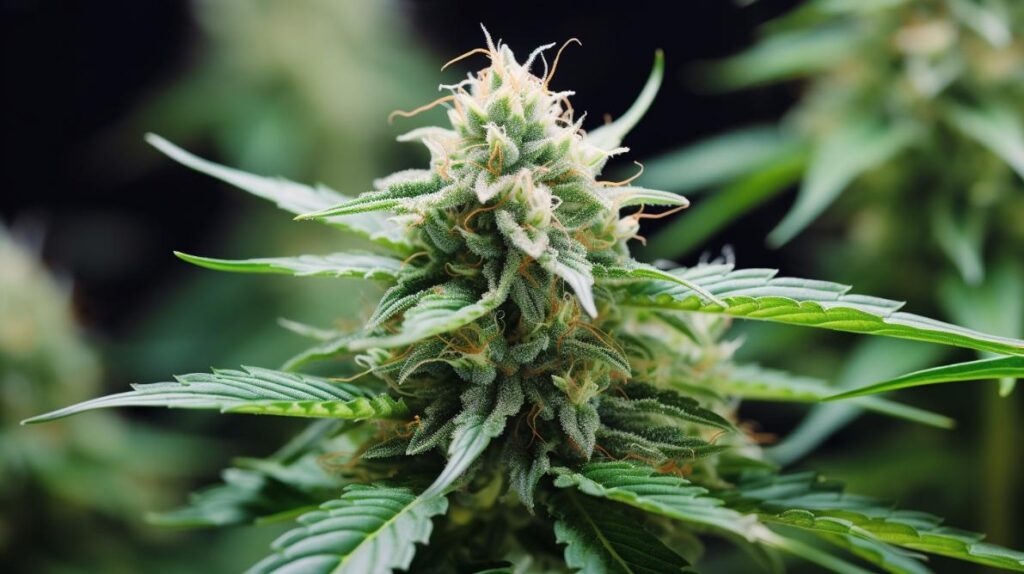
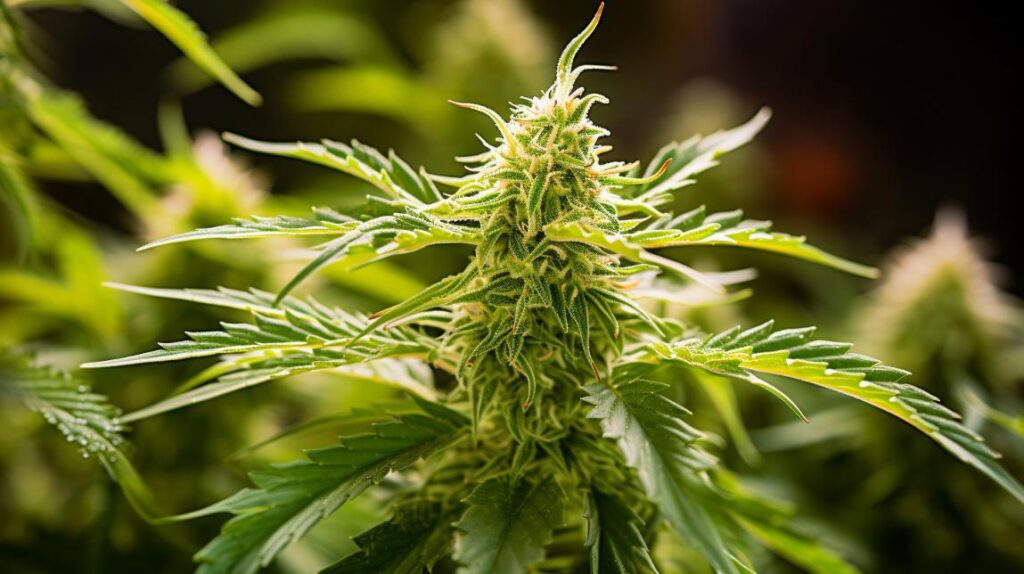
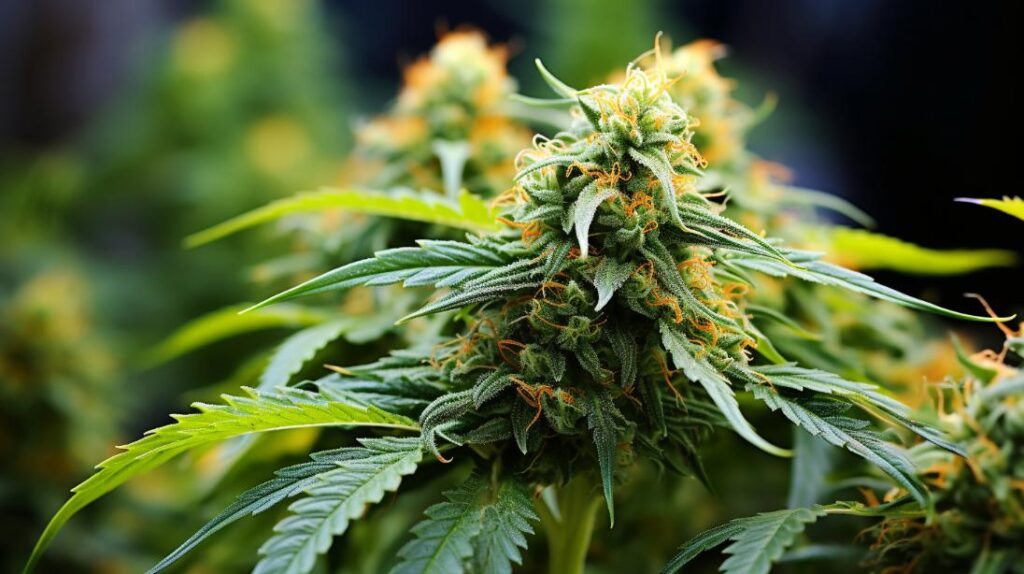
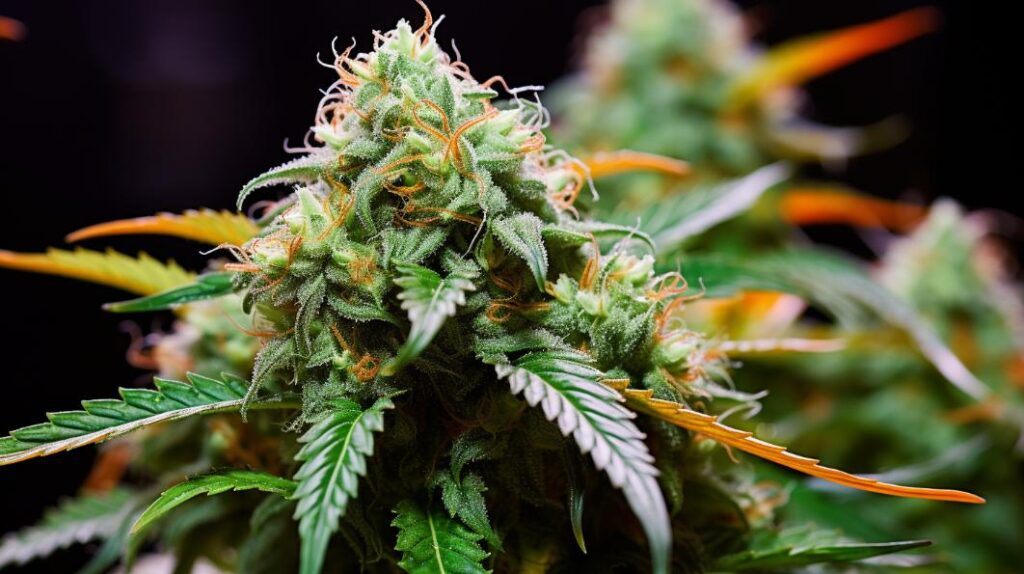
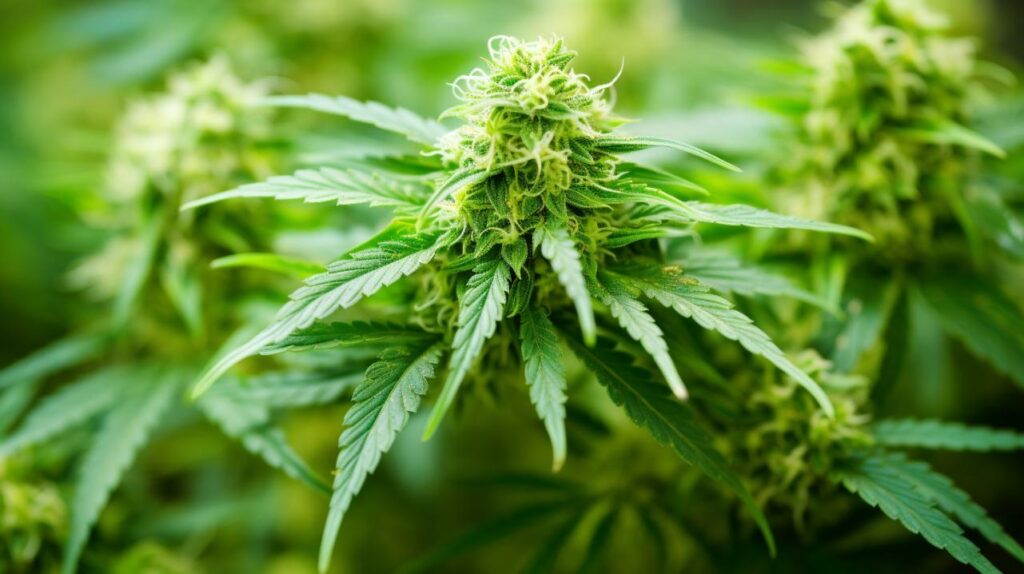

Responses